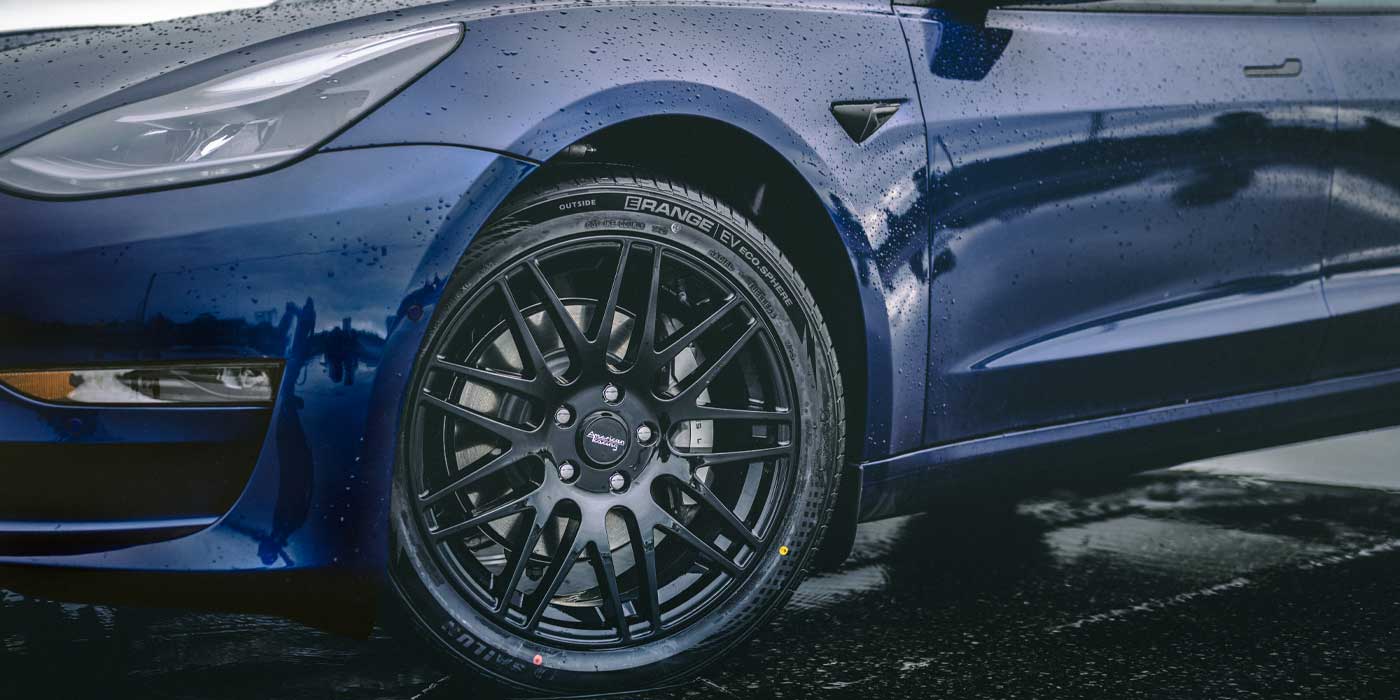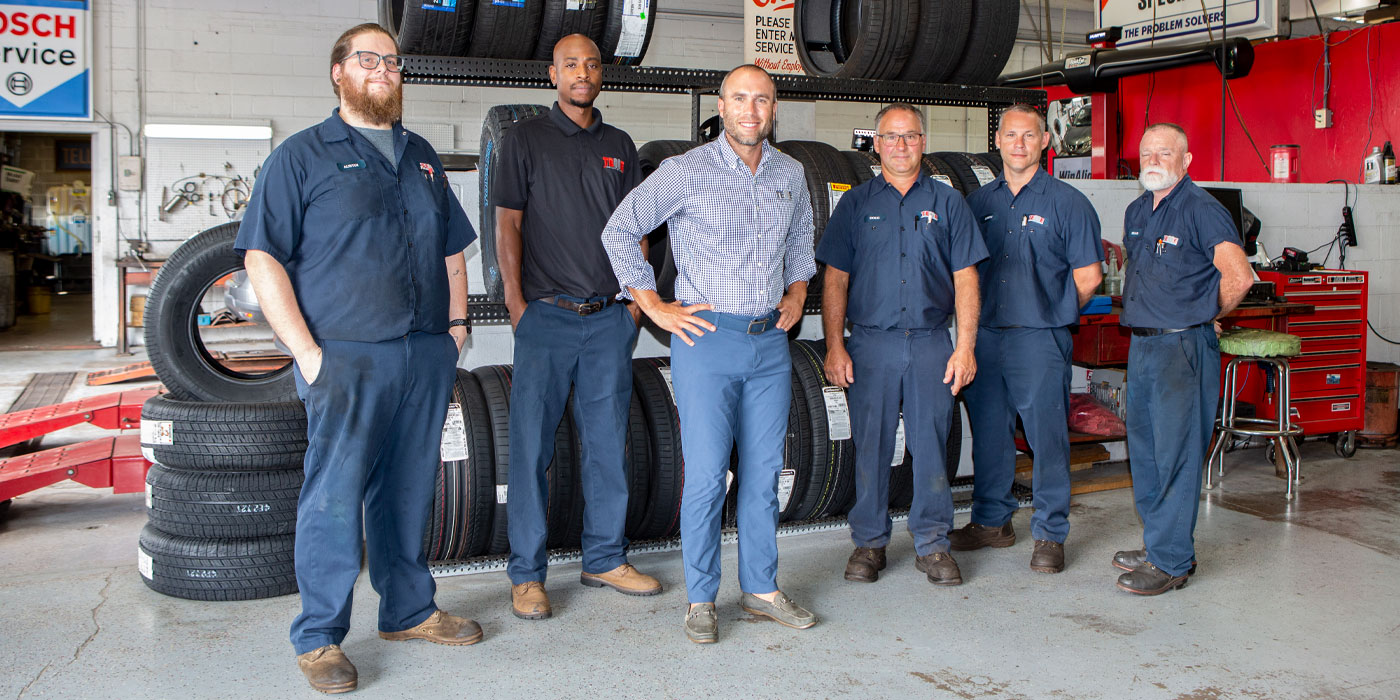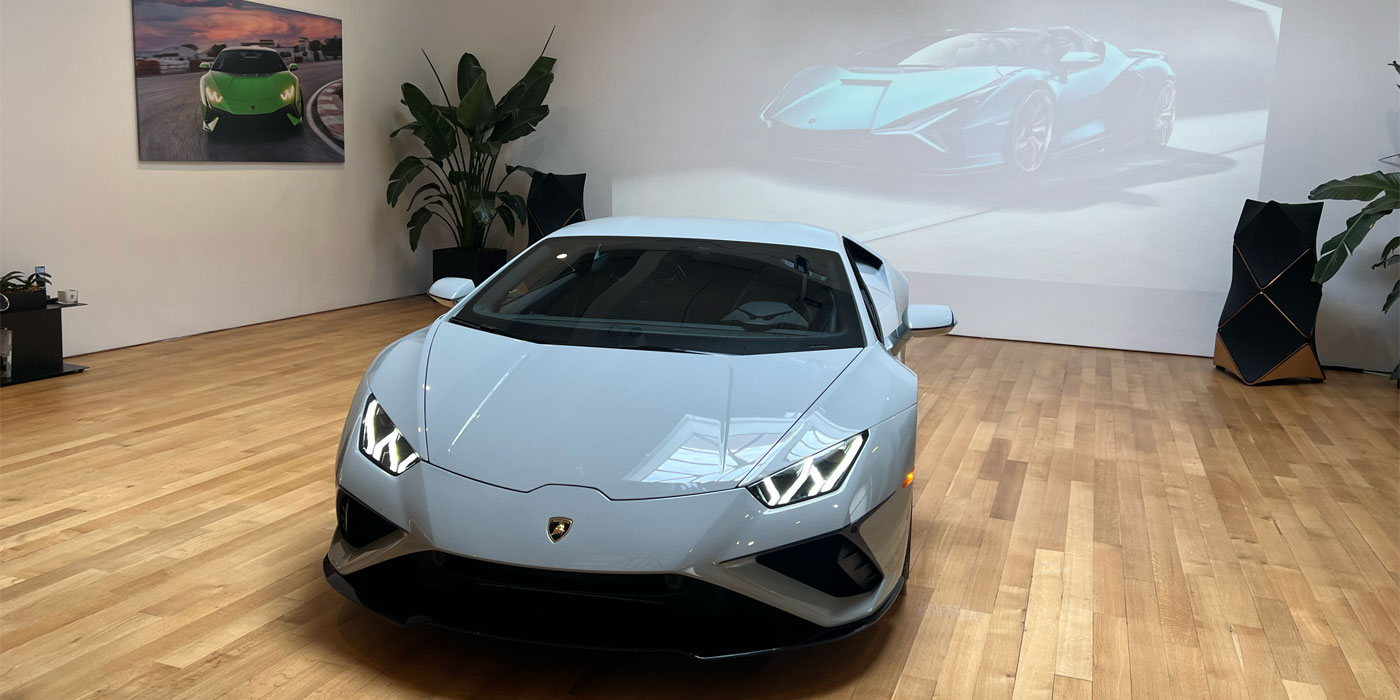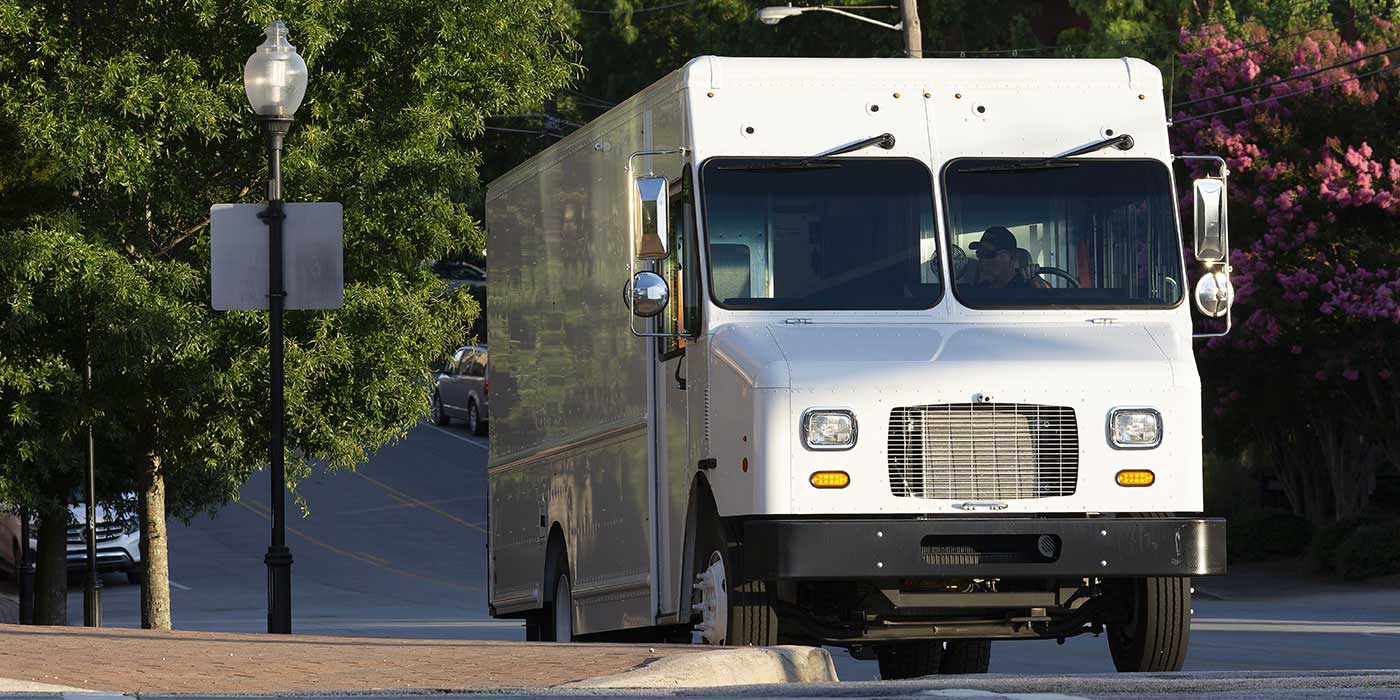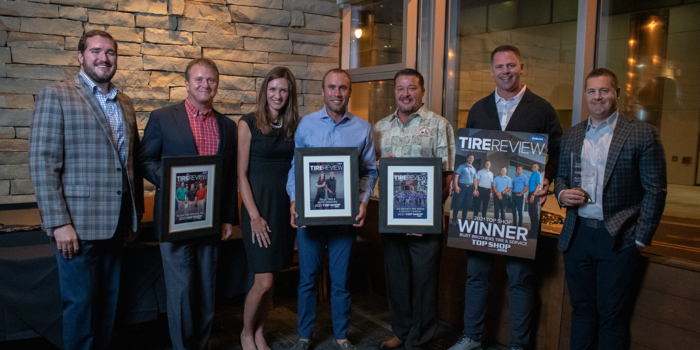equipment in sight. Looked like an Ohio road construction project.
• Very stratified pecking order in most workplaces. Employees know only enough to perform precisely their job. Nothing more. If you ask them for anything beyond that, they have to go find the next guy in the order.
• China has re-embraced its ancient cultures, tossed aside in past “cultural revolutions.” Religion is now tolerated, but few people have gone back.
• Pay discrepancy exists between the sexes, but to a far less extend than in the U.S. Husbands and wives both usually work, but it is the wife who finds the stable, long-term job (usually with the government) while the husband may opt for something more entrepreneurial. Most households are multi-generational, and may go four generations deep.
• Walking down side streets is a real blast to the nose. Every other shop cooks or sells food. Every alleyway has food cooking. It smells fantastic, even though you’re not sure what may be on the menu.
• Shanghai native Yao Ming is a mega-mega-superstar in China. The Houston Rockets where in China for two exhibition games, and the media followed his every move. McDonald’s ran massive Yao promotions. McD workers were wearing brightly colored basketball getups. Looked odd.
• Hooters opened its first China location in Shanghai, not two blocks from our hotel. Signs outside the restaurant featuring buxom American blonds encouraged jobseekers to apply.
• Only about 3.5% of China’s entire population hold driver’s licenses – maybe 45 million people. Shanghai alone has a population of some 17 million. The locals complain about traffic. They’ve apparently never been to Los Angeles.
• In China, karaoke in China has an entirely different meaning than its does in the U.S. or Japan. And it has nothing to do with embarrassing drunken singing.
• Given past history, it is rather surprising how many South Korean companies have made investments in China. Comparatively, it appears Japanese companies are rather underrepresented.
• There are very few Chinese-brand cars on the roads, but most trucks and buses are by Chinese makers. Consumers have an American-like choice among numerous European, Japanese and American nameplates.
• Car ownership in China is purely a status thing. The Chinese really don’t need cars for transportation – yet. It’s not at all practical to own one; there’s no place to park and the road system is still inadequate to get from city to city. Getting a car license, which owners have to bid on, can take years.
• Plenty of car magazines at the newsstands. But in seven days in and around Shanghai, I saw one tuner car.
• Tour guide we had said Mao promised the people 30 years of hardship (1949-79) followed by 30 years of prosperity (1979-2009) followed by a 30-year period of leveling out. He may not have been that wrong.
• I have been on some wild cab rides in my life, especially in NYC and Las Vegas. None holds a candle to the taxi trips I took in Shanghai. Near-death experiences.
• The two fastest wearing parts on any car in China? Brake pads and clutch plates. Oh, and the horn. Cadillac, I heard on the trip, had to rework the cars it was selling in China. The horn wasn’t stern enough. Chinese drivers lean on their horns, and they want something with brass. No wild gesturing or swearing (not that I would know anyway). They use them to communicate, and there is some kind of horn language only drivers understand.
• Say what you will about how “America” has pervaded every country in the world. There is something oddly comforting about seeing a Starbucks or Mickey Ds when you’re overseas.
• Even with McD’s, KFC and Starbucks, there are very few Western restaurants in Shanghai. But what they lack in Western eateries, they more than make up for in billboards.
• Bizarre moment: First day at the Shanghai International Circuit, taped music was playing in a hallway. Middle of October, 75⊄ outside, in China and what was playing? Christmas music.
• Walking around town, older Chinese show no real emotion. No smiles, and little talking. Westerners are still an oddity, so there’s a bit of staring. Younger people, in contrast, are happy, smiling, laughing. Like American young people. No tattoos or piercings, though.
• It is said that most trucks (Class 7-8 equivalents) in China run 80% to 100% overloaded by Western standards. We saw enough to convince us of that.



